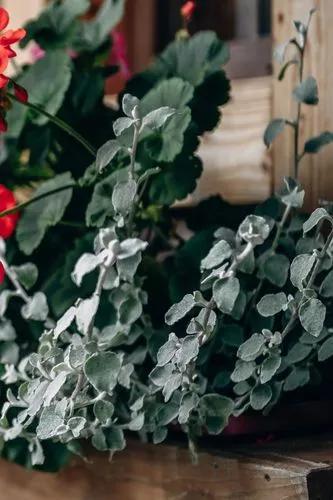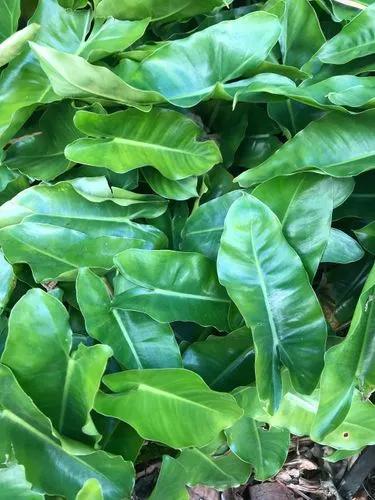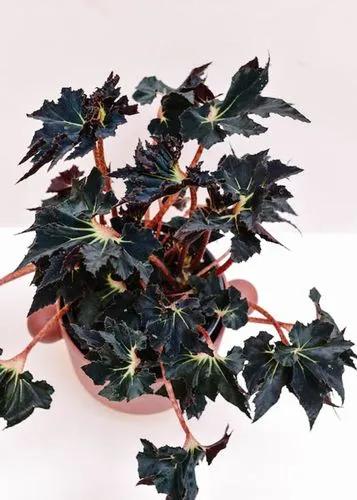Aralia can be used for dark, hot corners in the house. Small ones can be used as a table plant and later as impressive floor plants. Aralias are not good plants for a beginner. They are not forgiving and quickly drop leaves if not cared for properly.
Aralia Plants Care
Polyscias



The distinct leaves of an Aralia Plant can be lacy, rounded, or spinach shaped. The color of the leaves can be green, white, gold, and cream. The trunks of specimen aralia plants-thick, woody, and curving, are often unique and exotic looking. Although an aralia plant doesn't flower indoors, they can be trained to be a lovely bonsai plant. These plants are considered poisonous and should be kept away from pets and children.
How to Care for the Plant

Water

Too much water, resulting in root rot, is the main reason aralia plants die. Allow the top 50% of the soil to dry out before watering. In low light conditions, an aralia may need water as little as every 2-3 weeks.

Pruning

Aralia plants are propagated by stem cuttings or, if the stems are thick enough, air layering. Propagating aralia plants is more successful when temperatures are above 70°.

Fertilizer

An Aralia plant requires very little fertilizer. Feed every other month when your aralia is actively growing.

Sunlight

Aralia plants can survive in low light conditions, but grow faster and produce more leaves in medium to bright indirect light.

Soil

Aralias need a peat-based, well-aerated, light soil. This type of quick draining potting medium prevents water from accumulating in the soil and causing root-rot.

Temperature

Aralia plants prefer temperatures between 60°-85° F (15.6°-29.4°).

Container

For such a large plant, aralia plants do much better when root-bound. Being in smaller pots also helps the soil dry out faster and prevents over-watering.

Popularity

646 people already have this plant 140 people have added this plant to their wishlists
Discover more plants with the list below
Popular articles






